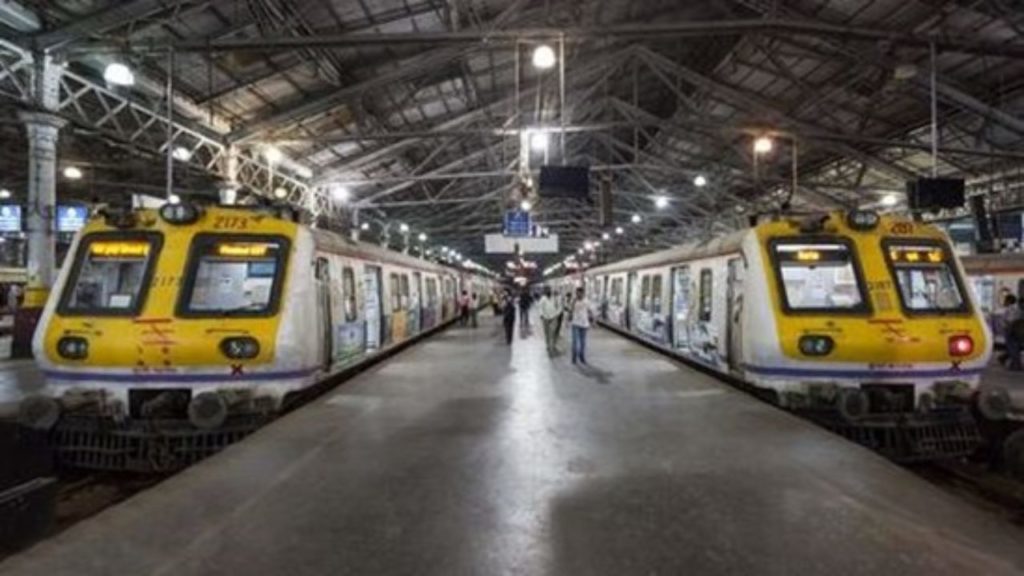Kavach: This Made In India Tech Will Stop Train Accidents; Find Out How It Works?

In 2020, 1185 people died in train collisions. We’re hoping this number will now dwindle, as India has come up with its very own technology to protect trains from colliding.
A new technology, Kavach, has been developed to avoid collisions of trains, and Railway Minister Ashwini Vaishnav and another with Railway Board Chairman VK Tripathi attended a live demonstration of this new technology.
‘Kavach’ Or Train Collision Avoidance System (TCAS) Developed In India
This indigenously developed Automatic Train Protection System was showcased on South Central Railway Friday. It has reportedly been marked for a launch on 2,000 km in 2022-23, as confirmed by the Budget proposals.
The technology is being developed since 2012, and it was under the name Train Collision Avoidance System (TCAS). This name was later changed to Kavach or “armour”.
As per reports, Kavach will be an exportable system, which is cheaper than the European systems used across the world. As of now, the technology uses Ultra High Frequency, and it will soon be made compatible with 4G Long Term Evolution (LTE) technology. This will help make the product suitable for global markets.
As per reports, the system is being developed by the Research Designs and Standards Organisation (RDSO) in Lucknow along with private vendors. And once it is launched, it will be the world’s cheapest Automatic Train Protection System. The cost of the system will be around Rs 30 lakh to 50 lakh per kilometer. This cost is only a fourth of the cost of its global counterparts.
How Does Kavach Work?
Let’s look at how TCAS, or Kavach, as it is now known, works.
this technology works with the help of a set of electronic devices and Radio Frequency Identification devices installed in locomotives. These are installed in the signaling system and the tracks. They use ultra high radio frequencies to each other and control the brakes of trains and alert drivers. This will all be done through the logic programmed into them.
Another feature that will be on the technology is sending triggers when a loco pilot skips a signal called Signal Passed at Danger (SPAD). This will be done by constantly refreshing the movement information of a train.
The devices also send signals ahead to the locomotive, which is useful for loco pilots, especially in low visibility situations, such as dense fogs.
TCAS also comes with tried and tested features similar to that of the European Train Protection and Warning System, and the indigenous Anti Collison Device. It will also flaunt features of the high-tech European Train Control System Level-2.

Comments are closed, but trackbacks and pingbacks are open.